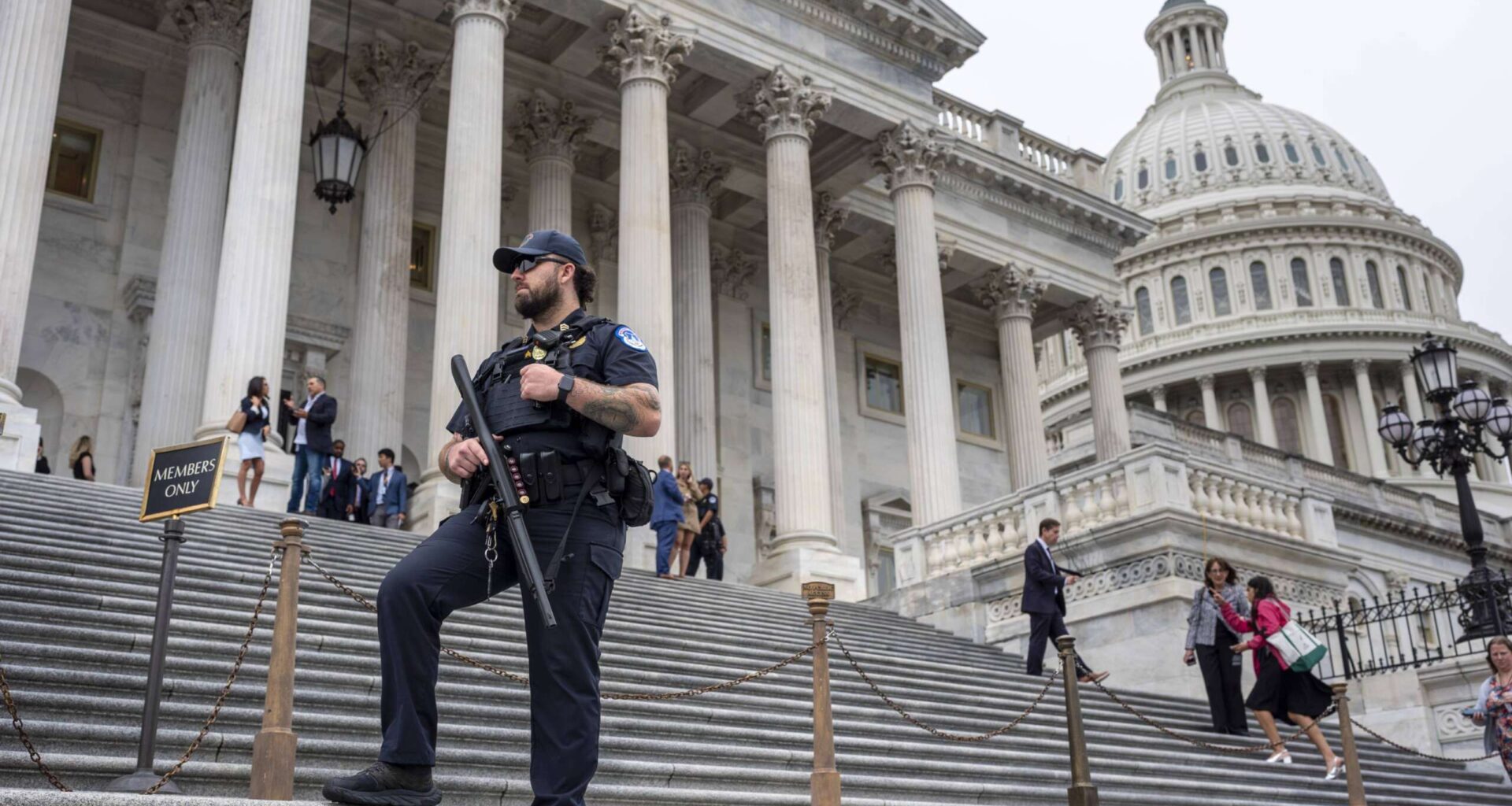OMB says that agencies’ plans will only be available one by one, on each agency’s own website.
- The White House said the public will have to look at each individual agency to find out their plans for what would happen in a government shutdown. The Office of Management and Budget’s webpage which normally publishes shutdown contingency plans remained empty for months. But now, OMB said that agencies’ plans will only be available one by one, on each agency’s own website. Those contingency plans cover how many federal employees would continue working with or without pay during a possible shutdown.
- The latest reorganization news is from the Army. New general orders from Army Secretary Dan Driscoll will eliminate the deputy chief of staff position in charge of installation and quality of life issues. The Army G-9 will be formally disestablished next January, and the office’s existing responsibilities will be distributed across the Army Staff and to the Assistant Secretary for Energy, Installations and Environment. The Army first established the G-9 position in 2019 amid widespread reports of deficiencies in military housing.
- Former DOGE leader Elon Musk’s AI company is rolling out a new tool for the federal government. The General Services Administration reached a deal with x-AI to make its AI model available across the federal government for just 42 cents per organization. The deal will remain in place until March 2027, even as nonprofit groups have urged the Trump administration to put a hold on the deal. They say Grok has produced racist and inflammatory responses to users on the social media platform X and isn’t fit for government decision-making.
- Some experts say the Trump administration’s new push to fire more federal employees doesn’t make a whole lot of sense. A White House memo told agencies to plan for deeper reductions in force in the case of a government shutdown next week. But some are now questioning agencies’ practical and legal ability to put together RIF plans that quickly. “It doesn’t seem to me that they would really be able to legally do that additional work during a shutdown — and it doesn’t seem to me that they’d be able to get it all done beforehand,” said Bobby Kogan, a former Biden administration official who’s currently a senior director at the Center for American Progress. “Either this is something they were planning to do anyway … or it’s a threat to try to get what they want.”
- U.S. Central Command has stood up an innovation task force designed to speed the delivery of capabilities to warfighters. The new organization, dubbed the Rapid Employment Joint Task Force, will focus on three areas — capability, software and technology diplomacy. The group will bring together experts in resourcing, acquisitions, logistics, information systems, data integration and warfighter integration. Joy Shanaberger, CENTCOM’s chief technology officer, will lead the task force.
- Agency watchdogs are investigating if Department of Government Efficiency projects met their targets. The General Services Administration became a big focus for DOGE’s projects early in the Trump administration. Now, its inspector general’s office is taking a closer look at how successful those projects really were. The IG will spend fiscal 2026 reviewing GSA’s mass termination of government leases and the shuttering of its tech shop 18F, even though it had millions of dollars in projects still underway. GSA’s IG office will also see if employees are showing up to the office full-time as required by President Donald Trump.
- The effort to overhaul the cloud security program known as FedRAMP is now entering phase two of an effort started in the spring. FedRAMP 20X aims to bring automation and machine-readable data to a process that’s been paper-based and cumbersome. Program officials said phase two will be more “strict,” given it will focus on Moderate security authorizations. The goal is to get to 10 FedRAMP Moderate authorizations using the new process. By mid-2027, the program office wants all FedRAMP cloud service providers to be using machine-readable authorization data.
- The Cybersecurity and Infrastructure Security Agency has issued an emergency directive in response to a widespread campaign exploiting zero-day vulnerabilities in Cisco firewall devices. While the emergency directive only applies to federal civilian executive branch agencies, CISA encouraged other government and private sector organizations to follow the same guidance. Under the emergency order, all civilian agencies are required to identify their Cisco Adaptive Security Appliance devices, collect forensic data and assess any compromises using CISA-provided procedures and tools. Affected agencies must also disconnect end-of-support devices and upgrade any systems that remain in service by the end of Friday.
]]>
]]>
Copyright
© 2025 Federal News Network. All rights reserved. This website is not intended for users located within the European Economic Area.
